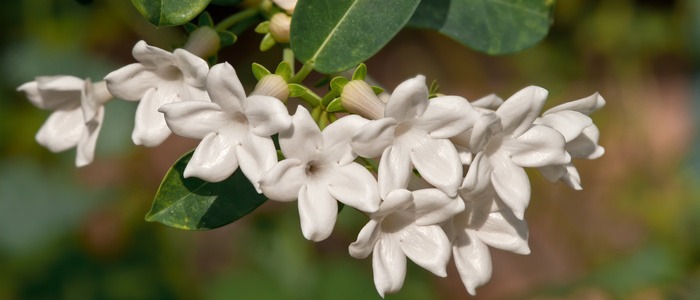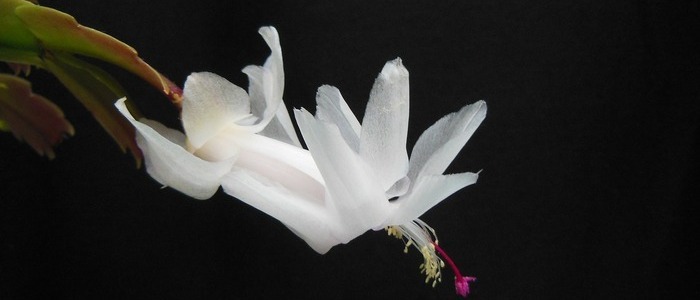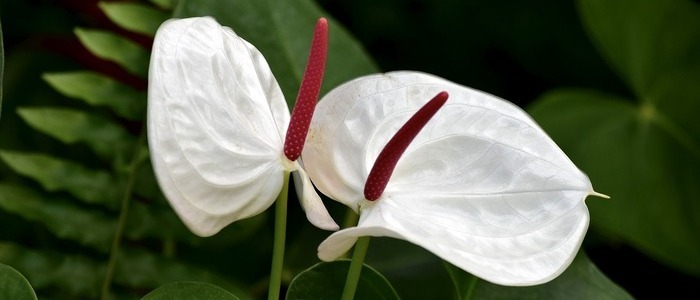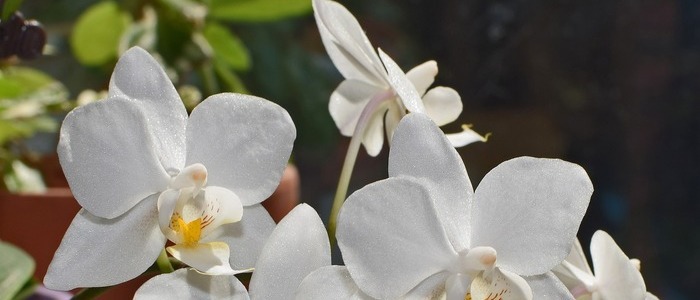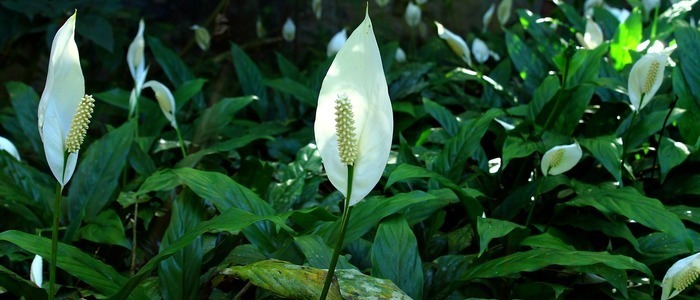If you’re looking to add some beautiful, unique blooms to your garden, the white Dahlia plant is a great choice. These stunning flowers have an intriguing, star-like shape that stands out in any outdoor space. They come in a variety of sizes and colors, so you can find the perfect one for your garden.
Not only are they eye-catching, but white Dahlias are also known for their resilience and hardiness – making them a low-maintenance option for your outdoor area. Read on to learn more about why adding a white Dahlia plant to your garden is such an excellent choice!

White Dahlia Plant Frequently Asked Questions
Do dahlias grow well in pots and containers?
Yes, dahlias can be grown in pots and containers. However, it is important to choose a container that is large enough to accommodate the plant's root system and to ensure proper drainage. Using a high-quality potting mix and fertilizing regularly can also help promote healthy growth. It is also recommended to move the container to a location that receives full sun for at least six hours a day. Additionally, containers may require more frequent watering than dahlias grown in the ground.
Do dahlias need to be watered frequently?
Yes, dahlias need to be watered frequently. They prefer moist, well-drained soil and should be watered deeply once or twice a week, depending on the weather conditions. During periods of drought or extreme heat, they may require more frequent watering. However, it is important not to overwater the plants as this can lead to root rot. It is recommended to water the plants early in the morning or late in the evening to prevent evaporation and ensure the water reaches the roots.
White Dahlia Plant Care Tips
Are you looking for an elegant, low-maintenance plant? Look no further than the white Dahlia! This gorgeous flowering plant will definitely add beauty and cheer to your home. Not only are they stunningly beautiful, but with proper care, white Dahlias can bloom up to three times a season – making them a great addition to any garden or home.
When planting your white Dahlia, make sure to choose a spot that gets plenty of sun but is also sheltered from strong winds. The soil should be well-drained and slightly acidic, so you may want to add some compost or fertilizer at the time of planting for best results. Once planted, water thoroughly and regularly – about an inch of water per week is ideal.
Fertilize with a balanced fertilizer made for flowering plants at least once a month and continue through the growing season. Deadhead spent flowers to ensure blooms will be plentiful, or if you prefer to leave some for seed production (Dahlia seeds are edible!) then just make sure to deadhead any diseased or damaged flowers.
Caring for a white Dahlia is easy, and you’ll be rewarded with lush foliage and beautiful blooms throughout the season! With just a bit of effort, you can have an elegant addition to your garden or home – perfect for adding beauty and cheer to any space
White Dahlia plant Propagation
Are you planning to add a white Dahlia plant to your garden? These stunning flowers are sure to make any outdoor space look beautiful! But did you know that the white Dahlia is actually quite easy to propagate? In this blog, we’ll be outlining some of our top tips for propagating the white Dahlia.
The first step is to choose a healthy stem from an established plant. Make sure the stem has plenty of buds and shoots, as this indicates that the stem is strong and will be able to withstand being propagated. Once you have chosen your stem, cut it off just above a pair of leaves using a sharp knife or secateurs.
Next, you’ll want to prepare your stem for propagation. Dip the cut end of the stem in a rooting hormone powder before placing it into a pot filled with moist soil and compost. Place the pot in a warm spot that gets plenty of indirect sunlight, such as near an east-facing windowsill. Water lightly each day, ensuring that the soil is always moist but not waterlogged.
It may take several weeks for your white Dahlia plant to start taking root, so be patient and keep an eye on it every day. When you notice new leaves appearing at the top of the stem, you can be sure that your propagation efforts have been successful! Once your white Dahlia is strong enough, you can transplant it to its permanent spot in the garden.
Pruning the white Dahlia plant
If you’re looking for easy-care blooms, white dahlias are a great choice! However, these hardy plants still need to be pruned regularly for maximum beauty.
Here are some tips on how to properly prune your white Dahlia:
1. Wait until flowering begins in late summer or early fall. Pruning before this time may lead to fewer flowers and a less attractive plant.
2. Trim the tips of each stem back to about three or four buds from the ground, leaving the foliage intact. This will encourage side shoots to form and promote more blooms later in the season.
3. Cut off dead or damaged stems, as these draw energy away from the healthier parts of the plant.
4. Clear away any spent flowers and deadheads throughout the season to keep your dahlia looking tidy.
5. Prune off about 1/3 of the stems from each plant in late fall, after flowering has finished for the season. This will help reduce the chance of disease and prepare your dahlia for a long winter.
With these tips in mind, you’re sure to have beautiful white Dahlias blooming each year! Happy pruning!
Common problems that can affect the white Dahlia plant
Here is a list of common problems that can affect the white Dahlia plant. By being aware of these issues, you can take steps to prevent them from affecting your white Dahlia plant.
1. Aphids: These small sap-sucking insects can cause yellowing, stunting, and distorted foliage on the white Dahlia plant.
2. Fungal Diseases: Fungal diseases such as powdery mildew and downy mildew can be problematic for the white Dahlia plant, causing yellow spots on foliage and reducing flowering.
3. Root Rot: If the soil is too wet or waterlogged, root rot can occur in the white Dahlia plant, resulting in wilting and discoloration of leaves.
4. Spider Mites: These tiny pests are known to cause white spotting on blades and leave a web-like residue around the white Dahlia plant.
5. Slugs and Snails: These slimy pests are known to feed on soft tender leaves of the white Dahlia plant, leaving behind ragged pieces of foliage.
6. Overwatering: Too much water can cause leaf yellowing or wilting, as well as stunted growth in the white Dahlia plant.
7. Lack of Sunlight: The white Dahlia plant needs at least 4-5 hours of direct sunlight a day to grow and thrive.
8. Temperature Change: White Dahlia plants prefer temperatures between 50-100 degrees Fahrenheit, and any drastic temperature changes can cause distress.
9. Nutrient Deficiency: A lack of essential plant nutrients can cause yellowing leaves, stunted growth and reduce flowering. Make sure to regularly fertilize your white Dahlia plant with a balanced fertilizer.
10. Poor Soil Drainage: The soil should be well-draining for the white Dahlia plant to avoid root rot or issues with over-watering. It’s best to use a soil mix specifically designed for Dahlias.
By keeping an eye out for these common problems, you can ensure your white Dahlia plant stays looking its best! With the right care and attention, your white Dahlia will be thriving in no time.
Conclusion
In conclusion, if you want to bring some much-needed beauty and grace into your home with a white Dahlia plant, you now know the steps needed to give it the best possible care! Make sure to check for signs of pests or nutrient deficiencies regularly, and keep your plant well-watered.
With proper care and attention, your white Dahlia plant will be a gorgeous addition to your home that you can enjoy for many years to come
Other Houseplants With White Flowers
